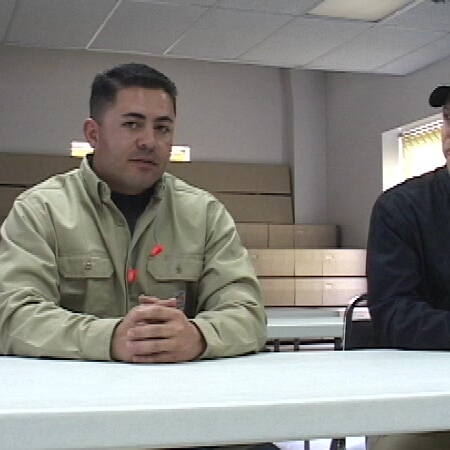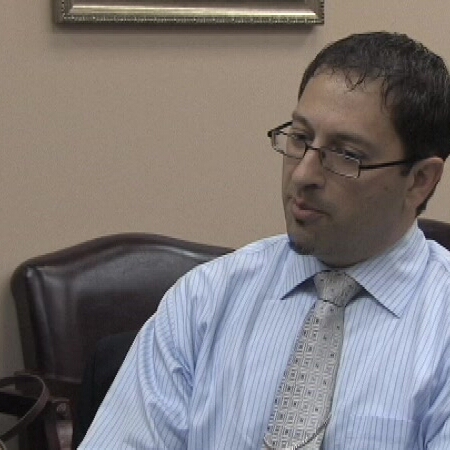6.2 Life Cycle Cost Components
In order to improve decisions regarding the management of assets, it is necessary to know the costs of the various components of the life cycle of an individual asset. These costs include:
- initial cost of installation
- operations and maintenance expenses
- repairs costs
- rehabilitation costs
- disposal cost
- legal, environmental, or social costs

|
|
|

|
|
|

|
|
|
Aggregate data also makes it harder to determine the overall quality of the utility. For example, suppose maintenance costs are $70,000 per year for a water utility. It would be helpful to know if that cost is uniformly spread out between field assets (pipe, valves, meters) and plant assets (wells, treatment, storage) or whether a single asset or asset class makes up most of that cost. If costs are spread across asset classes such as the following:
- $10,000 on pipe repair and maintenance
- $5,000 on meter and service line replacement
- $20,000 on well maintenance
- $15,000 on treatment related expenses
- $15,000 on storage tank maintenance
- $5,000 on fire hydrant repair and replacement
- $60,000 on pipe repair and maintenance
- $5,000 on meter and service line replacement
- $2,000 on well maintenance
- $1,000 on treatment related expenses
- $1,000 on storage tank maintenance
- $1,000 on fire hydrant repair and replacement
A deeper analysis can provide even more information about how to address operation and maintenance expenditures. If you take one particular asset class, such as water pipe, and look more closely at how the costs break down between types of pipe, more information can be obtained to aid in decision-making.
In the second example, total pipe expenditures were $60,000 and these expenditures accounted for most of the total cost of operation and maintenance. Further examination of these costs can help to determine which specific assets are driving this cost. Suppose the costs break down as follows:
- Cast Iron pipe <12 inches $40,000
- Cast Iron pipe >12 inches $5,000
- PVC Pipe <12 inches $5,000
- PVC Pipe >12 inches $2,000
- Asbestos Cement (AC) Pipe <12 inches $7,000
- AC Pipe >12 inches $1,000

